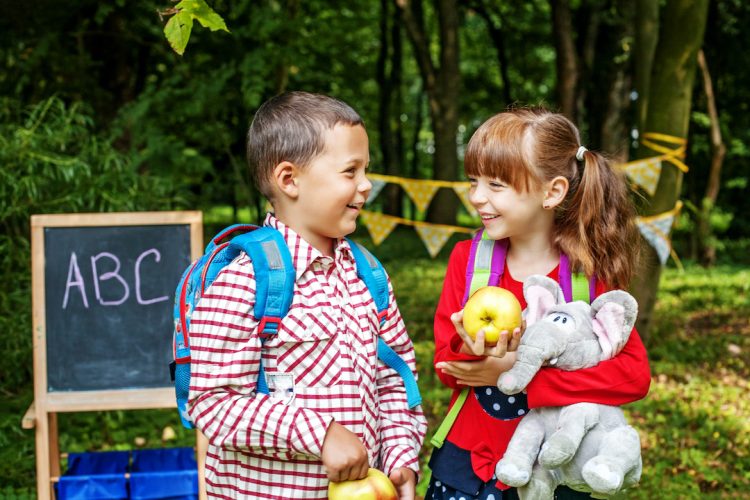Pausing is a simple way to increase communication attempts. It helps your child realize that they need to communicate as well as giving them a longer time frame to process the information received.
In-play/verbal routines
Are you consistently doing something your child loves? Going down a slide? Develop a simple routine like “Ready, Set, Go!” and use it multiple times during your play. Once a pattern is established leave off the last word and PAUSE!
Reading/singing
Using books/songs that have repetitive phrases is a great way to practice pausing. Singing Old McDonald? PAUSE during the animal noises or PAUSE during e-i-e-i-o.
If your child does not fill in the PAUSE, model the remaining phrase and try again later after the routine, book, or song has been practiced more.
Remember it is also important to SHOW your child that you are pausing and waiting for them to communicate. You can do this by raising your eyebrows, smiling, making eye contact, and/or opening your mouth.

